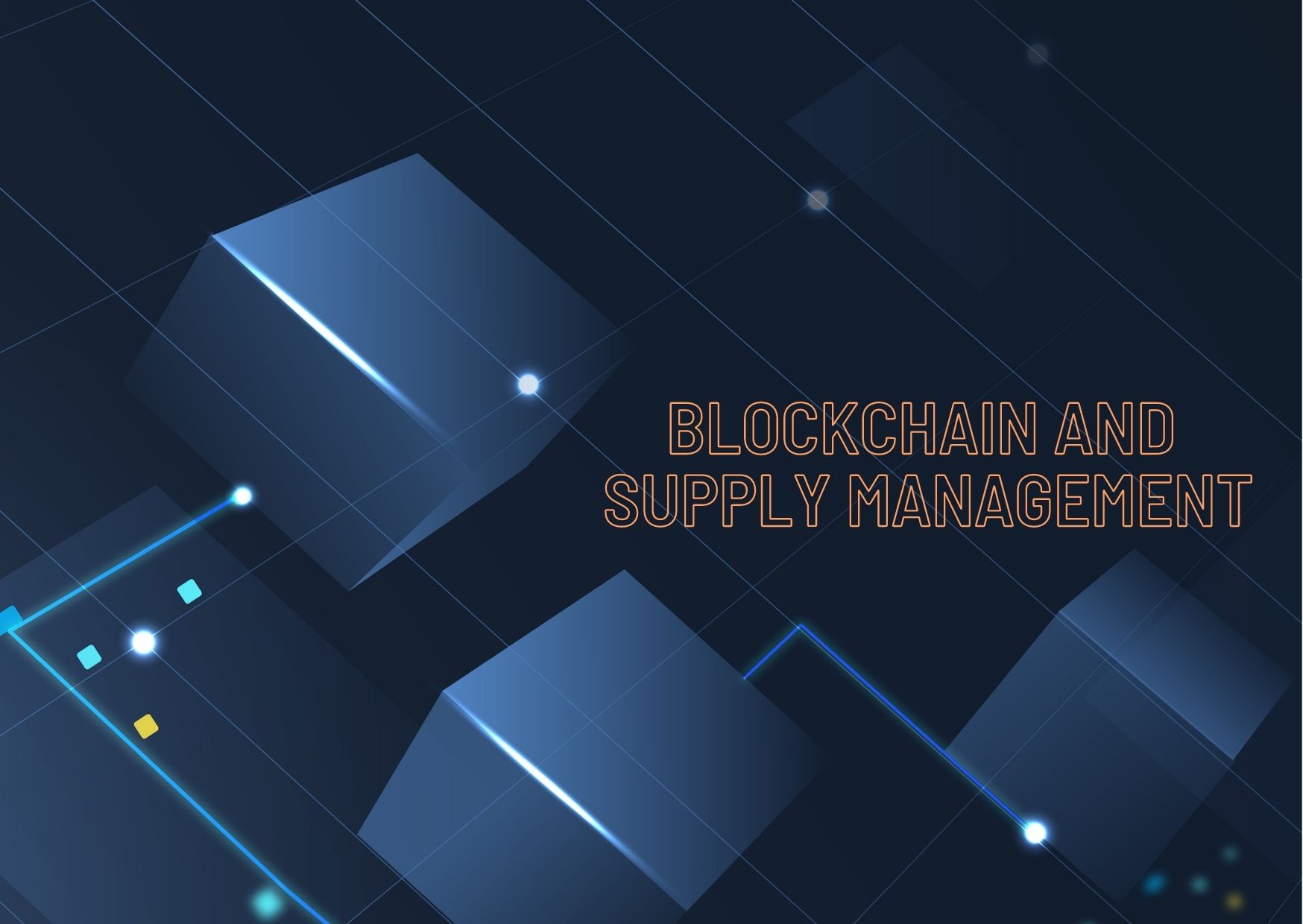If you have heard the term “blockchain,” you might automatically relate it to Bitcoin or other cryptocurrencies. Although the blockchain does appear this way, it is also a universal solution to a variety of business “pain points”. For example, it can solve problems in supply chain traceability and make related processes more transparent. So, let’s take a deeper look at how a blockchain can help to improve a process like supply chain management.
Understanding the Blockchain-based Supply Management
With blockchain technology, the potential of supply chain traceability has grown dramatically. You can easily guess how the current supply chain might develop and improve just by learning the meaning of the blockchain and how it works. If you want to understand how does blockchain operate – you should, first of all, treat it like a large database. However, compared with the traditional databases, blockchain is not controlled by a (pre)defined number of shareholders or any entity, because it is created to be public. Also, all the changes or data updates that occur in the blockchain are visible to everyone enrolled in it and validated by these users. Therefore, being able to process large amounts of data, blockchain technology can also simplify the features’ management by providing equal rights for everyone.
How will Blockchain transform the whole Supply Chain?
Many aspects of the supply chain can be greatly improved by utilizing blockchain technology. Find several examples below.
- Traceability. Each transaction that reveals all the steps of a product journey from raw material to the end-user is tracked in one of the blocks. These recordings are then shared among a larger number of entities, making this information widely accessible and therefore very transparent for everyone.
- Security. Another benefit of using the blockchain in a supply chain is increased security, as each block is only connected to the one behind it, and the next to the next, and so on. That way it is extremely challenging to compromise blockchain security, and it becomes a safe space for doing business.
Blockchain applicability examples
Blockchain technology is said to be adaptable in many different fields. For instance, the economic sector uses it to secure safe transactions between buyers and suppliers. Also, this technology could be the key to climate change mitigation solutions, food security and so much more.
How to ensure higher food quality?
For example, let’s have a look at the food industry. Businesses that operate in this field have to take into consideration things like food expiration dates or other factors that are important in ensuring food quality. So, the end client could know how the meat was processed, where was it delivered and when was it sold. This way the end consumer can expect a higher product quality because he/she can easily find out all supply chain-related information which is transparent.
Another real-life example
Just like the food industry, the jewelry sector also has a lot of potential for the use of blockchain technology in its process cycle. The largest diamond producer, De Beer, took an initiative to stop the production of blood diamonds* (*- diamonds mined in warzones and not confirmed with the KPCS [The Kimberley Process Certification Scheme]). The initiative was to track hundreds of diamonds coming from mines and then going to cutters, polishers, and finally to a store where you can buy them. Various information about these diamonds (for example, photos of a diamond’s color, quality, and location) was updated each time the diamond was processed through each part of the supply chain process. This ensured the overall transparency to a consumer and proved itself to be a successful way to avoid diamonds from warzones.
Last but not least
Even though blockchain technology-based operations adoption is yet in it’s early development-implementation stage, there is already a lot of potential here. With the use of blockchain technologies, companies can sometimes save more time, organize things more transparently, and reorganize resources easier.
Although, blockchain technology has many benefits and multiple customers are expecting to see the product’s journey from field to fork, for some companies trying to tame blockchain technology can become a challenge. First of all, everyone working in a company needs to be introduced to this new system and trained how to use it. Then you need to adjust this system to run smoothly.
And that is exactly what we are going to review together in the second part of this blog.
In Part 2 you will find out:
- What strategies can companies use to adopt blockchain technology?
- What risks and inconveniences might appear on the way to implementing blockchain technologies in your company’s daily life?
- How can we encourage people to step out of their comfort zone and tame blockchain technology?

